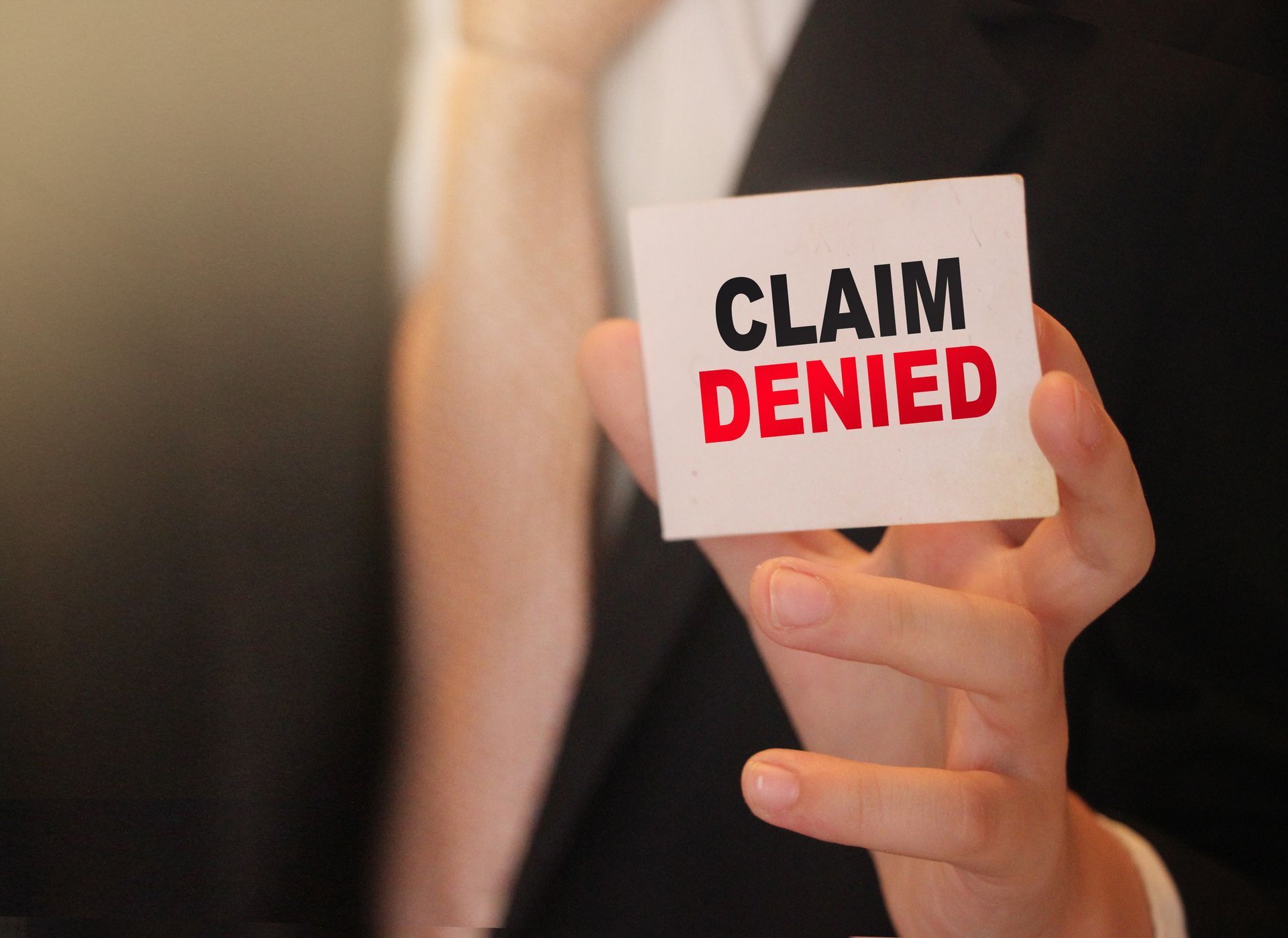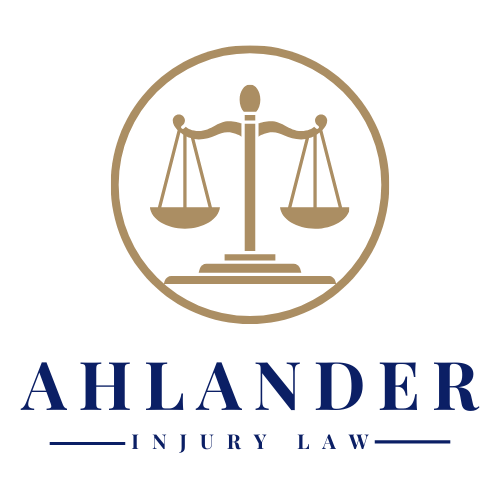Inside a Personal Injury Case: Step-by-Step Process Guide
Navigating a personal injury case can be challenging and overwhelming. This detailed guide aims to demystify the process, clarifying the path from initial consultation to settlement or court proceedings. By understanding the stages and potential roadblocks, you can better prepare for what lies ahead.
Initial Consultation: Understanding Your Case
The journey begins with an initial consultation, where you meet with a personal injury attorney to discuss your case. This meeting is crucial, as it sets the tone for the entire process. During this time, you'll provide details about the incident, injuries sustained, and any evidence you have. The attorney assesses the merits of your case and discusses potential strategies.
The Role of Evidence Collection
Evidence is the backbone of any personal injury case. Your attorney will guide you through collecting essential documents, such as medical records, police reports, witness statements, and photographs of the accident scene. Proper documentation strengthens your case and aids in establishing fault and damages.
Claim Filing: Setting the Process in Motion
Once your attorney has gathered sufficient evidence, they will file a claim against the at-fault party. This formal notification is the first step in seeking compensation. The claim outlines your injuries, the negligence involved, and the damages you seek.
Common Challenges in Filing
Filing a claim can sometimes be met with challenges, such as disputes over liability or the severity of injuries. Address these issues promptly with the help of your attorney to avoid unnecessary delays in your case.
Negotiations: The Art of Settling
Negotiations are a critical stage in any personal injury case. Most cases are settled out of court through negotiations between your attorney and the insurance company representing the at-fault party. The goal is to reach a fair settlement that compensates for your injuries, pain, and suffering.
How Negotiations Typically Unfold
Negotiations involve a back-and-forth process where initial offers are usually lower than expected. Your lawyer will negotiate, leveraging the evidence to argue for a better settlement. Patience is key, as negotiations can take time.
Potential Roadblocks: What to Expect
Several potential roadblocks can arise during the negotiation process, including:
- Disputed Liability: If the opposing party denies responsibility, additional evidence may be necessary.
- Low Settlement Offers: Insurance companies often start with low offers. Don’t settle for less than what you deserve.
- Delays: Legal processes can be slow, so patience is crucial.
The Decision to Go to Court
If negotiations fail to yield a satisfactory settlement, your case may proceed to court. This decision is not taken lightly, as court proceedings can be lengthy and costly. However, if it's the best course of action to secure a fair outcome, your attorney will guide you through the process.
Court Proceedings: A Closer Look
Court proceedings involve presenting your case before a judge or jury. Both parties will present evidence, call witnesses, and make arguments. The outcome is determined based on the evidence and legal arguments presented.
A Resolution: Settlement or Verdict
Whether through negotiations or court proceedings, the goal is to resolve your case. A successful outcome might be a negotiated settlement or a court verdict in your favor. Regardless of the path, securing compensation for your injuries and losses is the ultimate objective.
The Importance of Legal Representation
Throughout this process, having a skilled personal injury attorney is invaluable. They navigate the complexities of the legal system, advocate for your rights, and work tirelessly to achieve the best possible outcome.
For more information on personal injury cases, visit Ahlander Injury Law.





